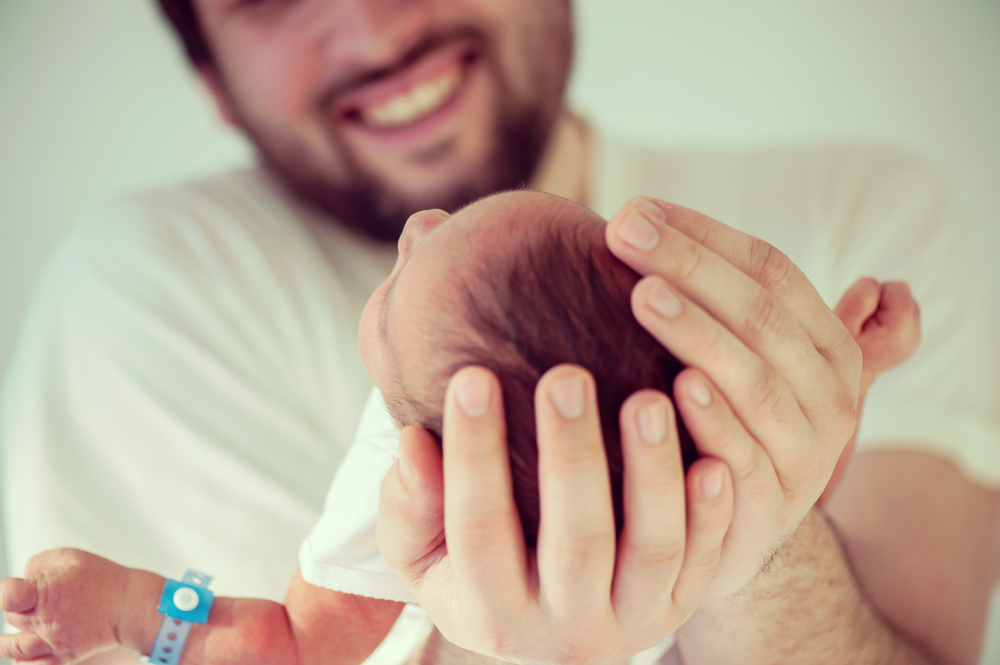Newsletter
Infants and developing fetuses are more susceptible to the risks of air pollution. Exposure to high levels of pollution during pregnancy directly impacts fetal growth. For example, motor vehicle pollution, such as CO and NO2, are linked to adverse outcomes such as low birth weights. Exposure to indoor air pollutants, such as PM2.5 and VOCs, interferes with placental development and nutrient delivery to the fetus.
Tiny newborns bodies have narrower airways than adults and an increased need for oxygen relative to their size. Pollution that would be mildly irritating for an adult could cause significant problems for an infant. Babies spend a lot of time indoors and their growing bodies are more sensitive to pollutants such as PM2.5, NO2, VOCs, and CO. Early childhood is a critical developmental period and exposure to air pollutants can impair this development.
Air Pollution Health Impacts on Infants
- Air pollution and infant mortality — Pollutants like PM2.5 pose a significant threat to infants during the first year of their life because they're small enough to enter their developing lungs. Exposure to high levels of CO and PM10 increases the risk of death in infants. Furthermore, infants exposed to high concentrations of NO2 are at a higher risk of dying from Sudden Infant Death Syndrome (SIDS).
- Air pollution and birth outcomes — Studies have found that mothers exposed to air pollution during pregnancy have a higher risk of adverse birth outcomes including low birth weight, congenital heart defects, and preterm delivery. Gaseous pollutants such as NO2, which are released from motor vehicles, also impair fetal growth during pregnancy.
- Air pollution and the impact on respiratory systems — Early exposure to pollutants have a direct impact on lung function. Exposing an infant's organs to harmful air pollutants can impact their developing lungs and may trigger respiratory diseases like asthma.
Ways to Keep Your Baby Safe

- Monitor the air — Monitoring the air helps you identify the pollutants present in your infant’s room and assess the potential risks. Air purification methods should be adopted to provide your infant with healthy air.
- Manage humidity — High levels of humidity encourages the growth of microorganisms (like mold). By managing humidity levels you can prevent these organisms from multiplying and contaminating furniture fibers and other items that your baby has regular contact with.
- Say no to toxic paints — Certain paints emit a large amount of VOCs that cause respiratory illness in infants. Before decorating the nursery, it's recommended that you check the packaging of paints for VOC levels and ensure that they're safe for baby.
For a more in-depth discussion of air pollution, including additional tips for keeping your family safe, check out our article below:






.png?width=200&height=148&name=Menu%20C%20(2).png)

.png?width=307&height=228&name=Menu%20-%20D%20(1).png)
.png)





